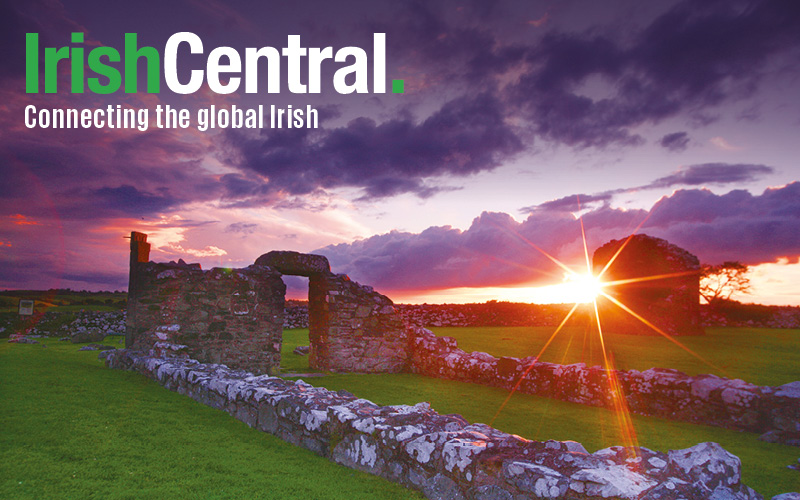In the early years of the Irish free state, a group of scientists from Harvard University traveled to Ireland to figure out who the Celts were and their connection to modern-day Irish people by examining prehistoric skulls and comparing them to contemporary examples.
The Independent reported that this little-known excursion during the formative years of the nation was led by an alleged Nazi-sympathizer, Earnest A. Hooton, who was a prominent anthropologist and advocate for eugenics in the United States. He was a member of the American Eugenics Society and had been crucial to the propaganda of the movement in the U.S., which had largely been inspired by Nazi ideology on the subject.
Hooton had argued he was against Nazism in all forms but still advocated for a quintessentially Nazi idea, which was the establishment of a national breeding bureau in the states.
Read More: ‘Curse of the Celts’ disease now has its own national awareness day
The Irish, as Hooton posited, were a ‘pure race’ and that the Irish language was, in fact, an ancient Aryan language spoken in Europe thousands of years ago. Eugenicists like himself had lobbied for harsh immigration standards that were introduced in the 1920s in America to keep the so-called ‘defectives’ out.
In the mission, roughly twelve thousand people in every Irish county were examined by the team with characteristics such as head shape, stature, hair and eye color in mind when determining race.

Tourism Ireland/The Irish National Heritage Center showing what Celts would have looked like
The plot thickens, however, since one of the people who helped the Harvard team, Adolf Mahr, was a suspected Nazi spy and expert in European Celtic archaeology. The exhibition was in 1932 and Mahr had joined the Nazi party in 1933, involving himself with propaganda and spy-related activities with a German expatriate group.
Surprisingly enough, Mahr was later appointed in 1934 by the Irish President at the time, Eamon De Valera, to be the director of the National Museum of Ireland.
Read More: The Celts and Catalonia -- Five things you need to know
A subsequent archaeological study took place in 1933, which was led by the Harvard team’s colleague, Alfred Tozzer. His excavation team found numerous items of Celtic and even Viking origin, such as a Viking game board and a bronze hanging bowl from County Westmeath.
The first excursion, though, came to the breakthrough that the modern Irish are indeed Celtic, as they had assumed, but most significantly is that it changed the perception of Irish people in the Western world. Instead of sub-human depictions of the Irish that were common in the 19th and early 20th centuries, people started to idealize Celts as strong and often mythicized figures over the following years.




Comments